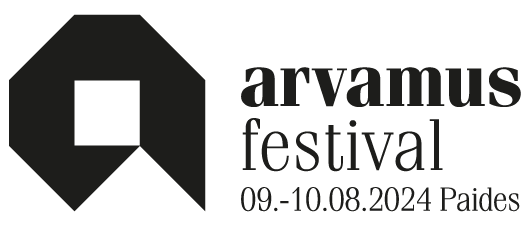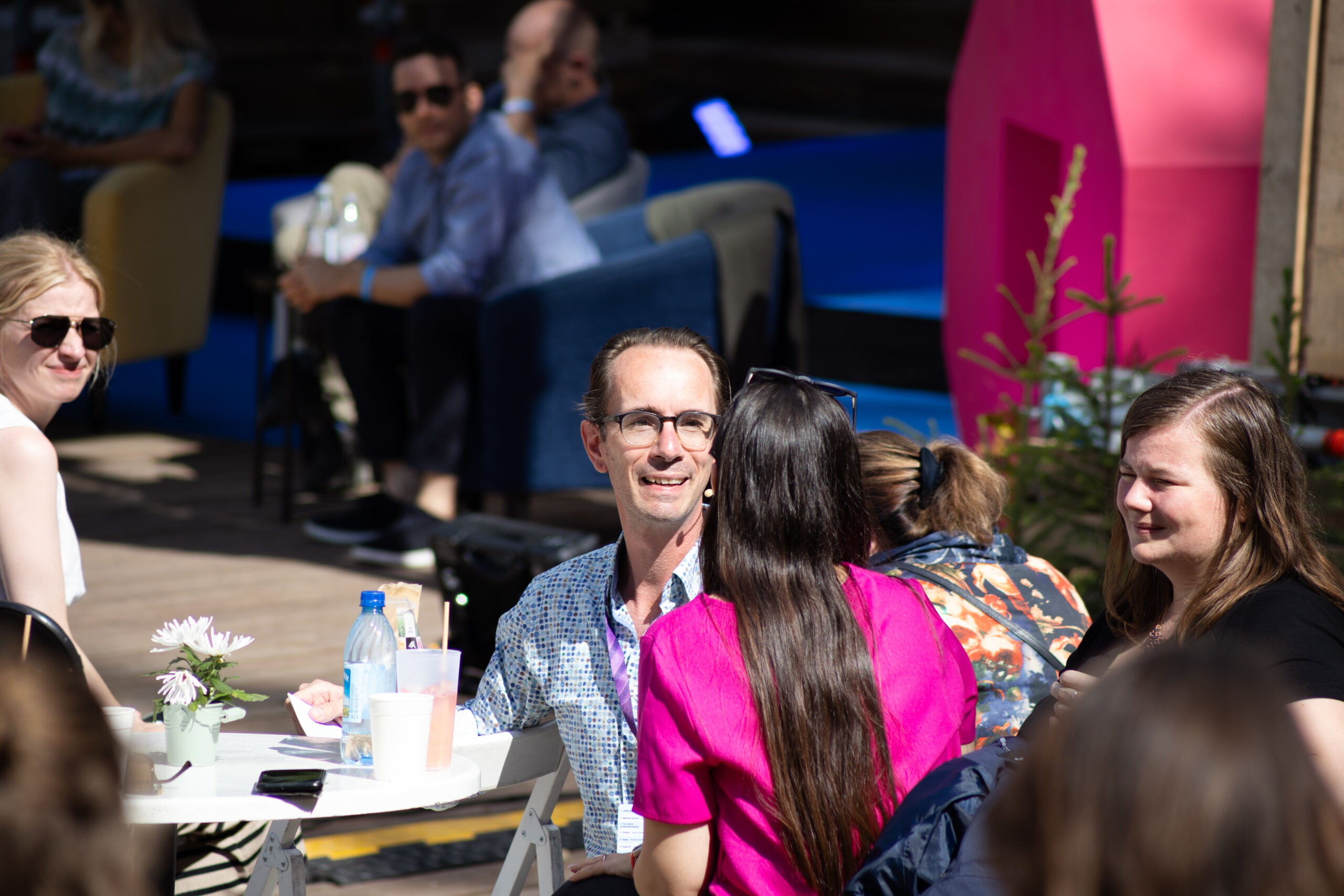Every year in August, around 10,000 people come to Paide in Estonia to take part in close to 170 public discussions on almost every topic imaginable. That makes 1.5 million changes – opportunities to give someone the feeling that this one discussion alone was worth the effort of coming to the Arvamusfestival. One question that can help to achieve this is: how can we involve the audience in the discussions to the best of our ability?
Here is an overview of seven tips to make discussions more interactive, inclusive and empathetic. These tips are divided into three groups: what you can do A) during the preparation, B) right before the start and C) during the course of the discussion. And don’t forget to use the other support [https://arvamusfestival.ee/enne-festivali] that Arvamusfestival offers to organisers and moderators.
A) During your preparations
1 – Objective – Choosing the best format for the discussion you are organising or facilitating is not easy. Especially as the traditional panel format is still very dominant in our culture. We tend to repeat what we know. Putting a bunch of speakers in a row of comfortable chairs in front of an audience does not challenge the status quo too much. At the same time, every old fashioned panel discussion is a missed opportunity to make the audience feel more engaged. Fortunately, Arvamusfestival provides a useful overview [https://arvamusfestival.ee/aruteluformaadid] of different formats, including a step-by-step guide. The better you know your discussion goals, the better you can choose a format that supports them. There are also coaches available to help with the implementation of these formats and the design of your discussions.
2 – Content – What do people who might come to your discussion bring with them? Take some time to think about the ideas, opinions, observations and personal experiences your audience might have. In other words, try to get to know your audience before you meet them. Even if your topic is more conceptual, think about what experiential knowledge the audience has that can help you find answers to your main questions. Challenge your speakers beforehand to relate their points to people’s everyday lives. It is also a good idea to prepare questions for the audience that allow people to bring personal ideas and actions into the discussion. This will give you a much more active approach than just allowing time here and there for questions from the audience. If you help people, they will help you.
3 – Roles – Who needs to do what to achieve the goals you’ve set? We are so used to the idea that there are three roles in a discussion: speakers, moderators and audience. The speakers speak, the moderators ask questions and the audience listens. One rule: the more people change roles during your discussion, the more lively and engaging it will be. Ask people to change roles. Ask speakers to listen carefully, invite people in the audience to tell their stories, allow the moderator to use personal observations. You can even choose to combine all these roles into one, as in a dialogue. Here everyone can speak, listen and moderate. And if you invite speakers in the traditional way, discuss with them their role in the discussion. What is the best role for them? A critical expert? An empathetic observer? A creative thinker?
B) Right before the start
4 – Warm-up – When your discussion is about to start, many things are happening at the same time. Speakers are being welcomed, microphones are being prepared, notes are being checked, etc. Nevertheless, as moderator, take some time to walk around when the first people start to arrive. You can have little chats here and there. This may feel strange or intrusive. But in most cases, people are very willing to answer a quick question if you approach them in an emphatic way. For example, you could ask someone: What are you curious about in this discussion? Or: Why did you choose this discussion? A few of these short conversations will give you some very useful insights into the audience you are about to work with. It is also an excellent warm-up for yourself. You have already started before the event begins. Let other people welcome the speakers, you have done your preparation and you know all you need to know about them.
C) During the discussion
5 – Audience – Start your event with the audience. If you use speakers in your discussion format, yes, they play an important role. But don’t miss the opportunity to warm up the people who have come to listen and possibly participate. As a moderator, you can do this, for example, by starting your session by asking people some light-hearted and/or thought-provoking questions, which they can answer by raising their hands. You can then follow up by asking a few people to briefly explain their answers. Don’t force people to answer, but be sensitive and don’t be afraid to try. This also gives speakers a chance to get to know the audience. In most cases, speakers also start to refer back to these warm-up answers, which gives people in the audience a sense of involvement. Also, don’t underestimate the symbolic importance of standing with the audience. You are saying to people: This discussion is for you, with you and about you.
6 – Position – Where will you stand, sit and walk during the discussion? It is worth taking some time to consider where you position yourself during your event. How can you best support your purpose, not only in what you say, how you say it, but also where you say it. If you believe that your role as a moderator is to mediate between speakers and audience, then show it. Don’t sit in the row of comfortable chairs with the speakers all the time. Walking around with a hand-held microphone, for example during the opening questions to the audience, distinguishes you from the speakers. You are not a speaker who happens to be a moderator this time, you are there to help people connect with each other. Even if there are people walking around with extra microphones, don’t forget the symbolic importance of you not being on stage all the time.
7 – Rhythm – As well as facilitating the discussion, moderators are also the directors of the event, along with the organisers. An effective way to keep everyone engaged is to alternate between short and long contributions. After a long answer from a speaker, force a short one by asking a yes-or-no question to the next speaker or to the audience. Even the most interesting people become boring if they don’t respond to what others are saying. An effective way to manage the length of people’s contributions is to politely but clearly ask people to keep their opening statements limited in time. You can do this, for example, by asking speakers and members of the audience a few short closed questions first. If you start by allowing only brief answers, you can always allow longer ones later on. The reverse is much more difficult.
In conclusion: We are all curious people, full of wonder, ideas and questions. When we say that people in Estonia prefer to sit and listen quietly rather than actively participate, we are perpetuating the old chicken-and-egg problem. Which came first: people in the audience not wanting to participate in discussions? Or the moderators and organisers not giving people a voice?
Bart Cosijn
Estonian Dialogue Academy
www.eda.ee


